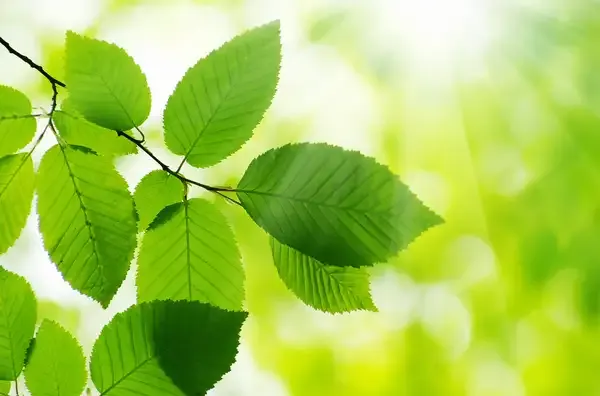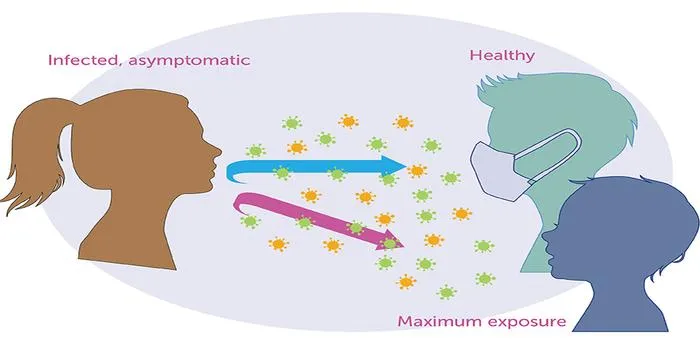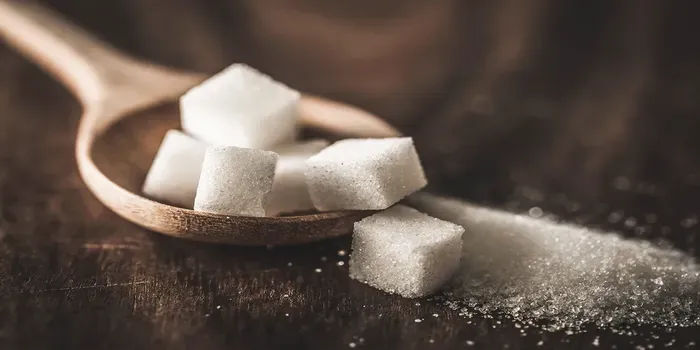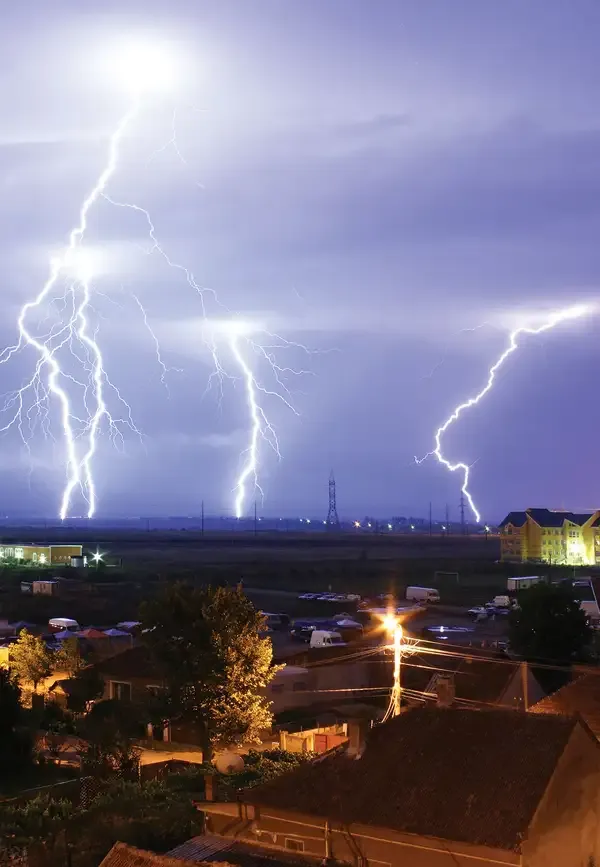- Home >
- Science
- > Innovation
What Does Photosynthesis Produce?
Photosynthesis is a vital process in which green plants, algae, and some bacteria convert light energy into chemical energy. During this process, these organisms use sunlight, carbon dioxide, and water to produce glucose and oxygen. Glucose serves as a crucial energy source for plants, fueling their growth and development. Oxygen, a byproduct of photosynthesis, is released into the atmosphere, playing an essential role in maintaining the Earth's oxygen levels and supporting aerobic life forms.

Photosynthesis is a fascinating biological process that plays a crucial role in sustaining life on Earth. During this process, plants, algae, and some bacteria convert light energy from the sun into chemical energy, producing essential compounds that support both plant growth and life on our planet. In this article, we will explore what photosynthesis produces, the significance of these products, and how they contribute to the ecosystem.
The Key Products of Photosynthesis
Photosynthesis primarily produces two vital products: ''glucose'' and ''oxygen''. Understanding these products helps us appreciate the importance of photosynthesis in our daily lives. Below is a detailed breakdown of these key outputs.
| Product | Function | Importance |
|---|---|---|
| ''Glucose'' | Energy source for plants and other organisms | Foundation of the food chain |
| ''Oxygen'' | By-product of photosynthesis | Essential for respiration in aerobic organisms |
1. Glucose: The Energy Source
''Glucose'' is a simple sugar and a crucial product of photosynthesis. It serves as the primary ''energy source'' for plants, enabling them to grow, reproduce, and carry out various metabolic processes. The process of photosynthesis converts light energy into chemical energy, which is stored in the bonds of glucose molecules. Here's how it works:
During the light-dependent reactions of photosynthesis, chlorophyll in plant cells absorbs sunlight, which energizes electrons. This energy facilitates the conversion of carbon dioxide (CO2) from the atmosphere and water (H2O) absorbed by the roots into glucose through a series of reactions known as the Calvin cycle. The overall equation for photosynthesis can be summarized as:
6 CO2 + 6 H2O + light energy → C6H12O6 + 6 O2
This equation highlights how six molecules of carbon dioxide and six molecules of water, when energized by light, produce one molecule of glucose and six molecules of oxygen. The ''glucose'' produced can be further used in various forms:
- Energy Storage: Plants can store glucose as starch for later use.
- Building Blocks: Glucose is a precursor for synthesizing other carbohydrates, proteins, and lipids.
- Metabolic Processes: Glucose is essential for cellular respiration, providing energy to all living organisms.
2. Oxygen: The By-Product
The second significant output of photosynthesis is ''oxygen''. While plants primarily use glucose for energy, the oxygen produced is released into the atmosphere as a ''by-product''. This oxygen is vital for the survival of aerobic organisms, including humans. The importance of oxygen can be highlighted in several ways:
- Respiration: Oxygen is crucial for cellular respiration, a process where organisms convert glucose into energy.
- Atmospheric Balance: Photosynthesis contributes to the oxygen-carbon dioxide balance in the atmosphere, essential for life.
- Environmental Impact: Increased oxygen levels support a diverse range of life forms, contributing to biodiversity.
The Role of Photosynthesis in the Ecosystem
The products of photosynthesis, ''glucose'', and ''oxygen'', play pivotal roles in the ecosystem. By converting sunlight into chemical energy, plants serve as primary producers, forming the base of the food chain. Herbivores consume plants, obtaining energy from the glucose they produce, while carnivores eat herbivores, continuing the energy transfer throughout the ecosystem.
Moreover, the oxygen released during photosynthesis supports aerobic respiration in animals and humans. Without this process, life as we know it would not be sustainable. Thus, photosynthesis is not just a process confined to plants; it has far-reaching implications for all living organisms.
Conclusion
In summary, photosynthesis is a vital process that produces ''glucose'' and ''oxygen'', both of which are essential for life on Earth. The energy stored in glucose fuels the growth and development of plants, while oxygen supports respiration in aerobic organisms. Understanding what photosynthesis produces helps us appreciate the intricate connections within our ecosystems and the importance of preserving our natural environments. Protecting plants and their ability to perform photosynthesis is crucial for maintaining the balance of life on our planet.
By recognizing the significance of photosynthesis, we can better understand the impacts of climate change and deforestation on our environment. As stewards of the planet, it is our responsibility to ensure that the processes that support life continue to thrive.












